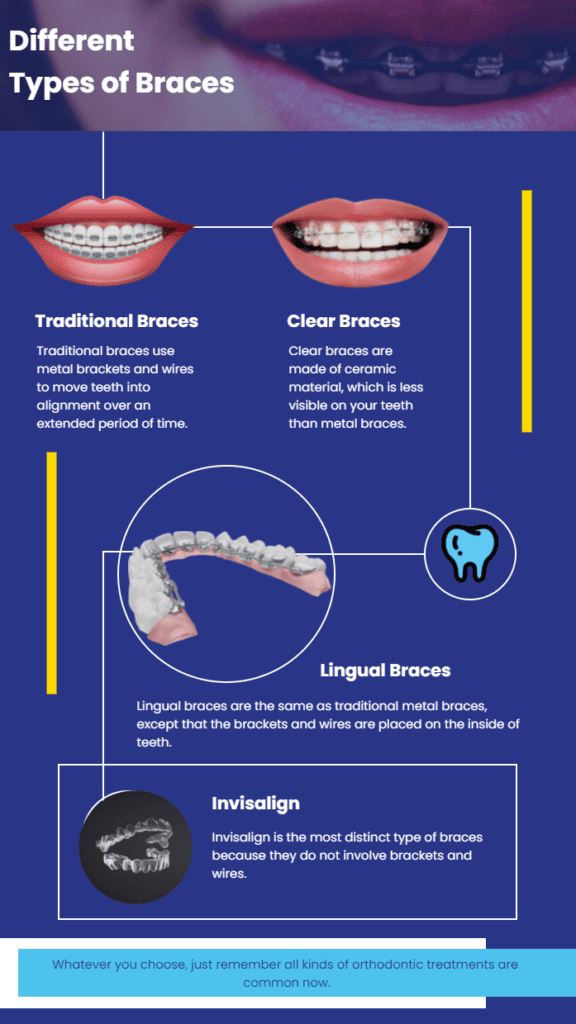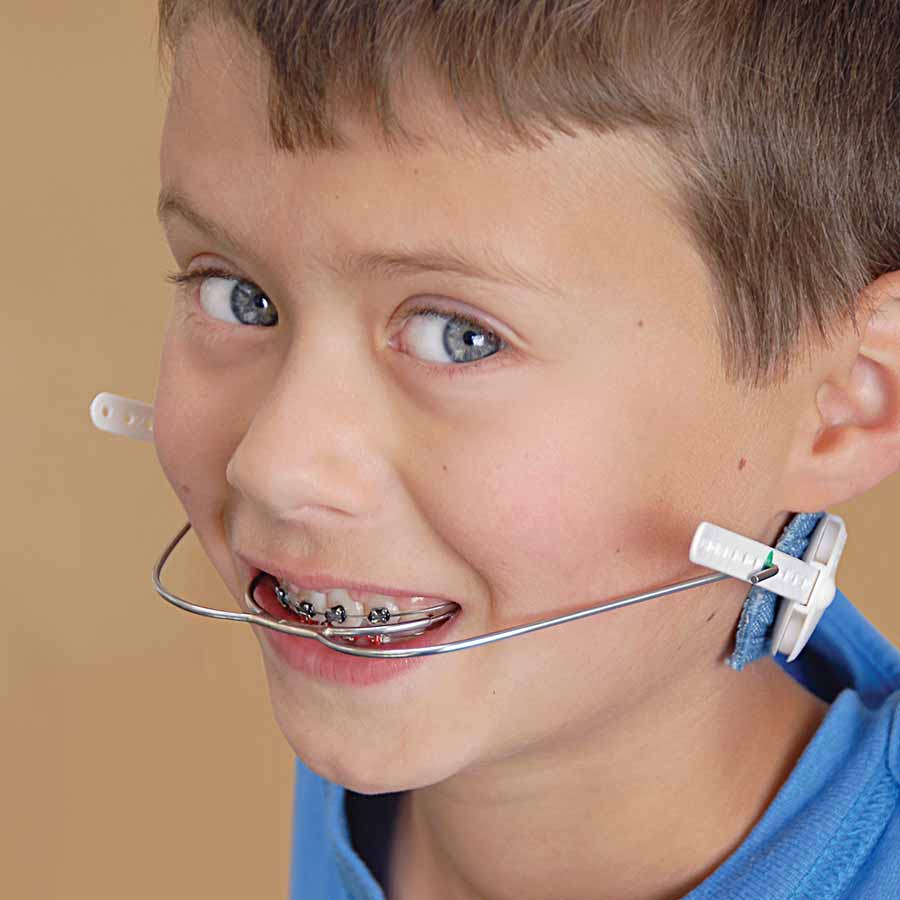How Cumming Orthodontics Can Change Your Smile with Invisalign and Braces
Comprehensive Guide to Orthodontics Treatments for Correcting Dental Imbalances
In the world of orthodontics, the journey to accomplishing a completely straightened smile involves a myriad of procedures customized to deal with oral misalignments. From conventional dental braces to unseen aligners and also surgical options, the field of orthodontics uses a variety of solutions to deal with differing levels of oral irregularities. Recognizing the intricacies of each procedure, including their mechanisms, benefits, and prospective disadvantages, is critical in making educated choices about one's orthodontic treatment. As we navigate through the extensive guide to orthodontic procedures for fixing dental misalignments, the elaborate details of each technique will unfold, shedding light on the path toward a functional and unified oral placement.
Orthodontic Procedures Overview

Normal changes and monitoring are critical parts of orthodontic treatment to make certain progress is on track and to make any required adjustments along the means. By undertaking orthodontic treatments, clients can not just attain a straighter grin yet additionally boost their total oral health and function.
Conventional Braces: Exactly How They Work
When thinking about orthodontic treatments for dental imbalances, standard braces stand out as a time-tested approach for dealing with teeth positioning. Typical dental braces consist of braces, wires, and bands that work together to apply continual stress on the teeth, gradually relocating them right into the desired alignment. The braces are connected to the teeth utilizing a special adhesive, and the cables are threaded via the brackets. By adjusting the tension of the cords, orthodontists can manage the instructions and force related to each tooth, directing them right into appropriate placement in time.
As pressure is applied to the teeth through the braces, the bone surrounding the teeth is reshaped to support the new tooth settings. Clients will need routine modifications at the orthodontist's office to make sure the braces continue to apply the appropriate pressure for effective teeth movement.
Invisible Aligners: Pros and Cons
These clear, personalized trays are essentially unnoticeable when put on, making them an attractive option for people seeking an extra visually pleasing orthodontic treatment. People can eliminate the aligners prior to consuming or brushing their teeth, lowering the risk of food getting stuck in the device and streamlining the cleaning procedure.

Surgical Orthodontic Options
Surgical interventions in orthodontics present viable options for dealing with complicated dental misalignments that may not be efficiently fixed with traditional orthodontic treatments. While conventional braces and unnoticeable aligners can correct many orthodontic issues, particular instances need medical intervention to achieve dental s optimum outcomes. Surgical orthodontic choices are normally suggested for severe malocclusions, significant jaw disparities, and instances where the underlying bone framework needs modification to attain appropriate positioning.
One common medical orthodontic procedure is orthognathic surgery, which entails rearranging the jaws to fix functional concerns such as problem speaking or eating. This surgical treatment is frequently performed in cooperation with an orthodontist who aids line up the teeth before and after the treatment. Surgical orthodontics may additionally include treatments to subject impacted teeth, eliminate excess gum cells, or reshape the jawbone to develop a more unified facial account.
Before taking into consideration surgical orthodontic anonymous alternatives, clients undertake an extensive analysis to identify the need and prospective advantages of such interventions. braces. While surgical procedure may seem daunting, it can substantially improve both the function and appearances of the smile in situations where standard orthodontic therapies fail
Retainers and Post-Treatment Treatment

Post-treatment care involves complying with the orthodontist's guidelines diligently. This may include appropriate dental health techniques, attending follow-up visits, and using the retainers as suggested. Failing to abide with post-treatment care instructions can lead to relapse, where the teeth slowly return in the direction of their initial placements. Consistent retainer wear, good oral hygiene, and regular dental check-ups are vital for preserving the outcomes accomplished with orthodontic surgical procedure and making certain the lasting security of the dealt with oral placement.
Conclusion
In conclusion, orthodontic treatments provide numerous choices for dealing with oral misalignments. Surgical orthodontic alternatives are offered for extra serious imbalances. In general, orthodontic treatments can efficiently boost dental health and wellness and visual appearance.
As we browse through the detailed overview to orthodontic procedures for remedying dental misalignments, the complex information of each technique will certainly unfold, dropping light on the course toward a harmonious and useful oral alignment. - braces
One of the most typical orthodontic treatments is the usage of dental braces, which consist of metal braces and cables that use mild stress to slowly change teeth into the preferred placement.When thinking about orthodontic treatments for dental misalignments, standard dental braces see this here stand out as a reliable approach for remedying teeth placing. Additionally, undetectable aligners might not be suitable for complex orthodontic concerns that require even more significant teeth movement, as they are normally recommended for moderate to modest situations. Retainers are tailor-made orthodontic tools designed to hold teeth in their dealt with positions after the conclusion of orthodontic treatment.